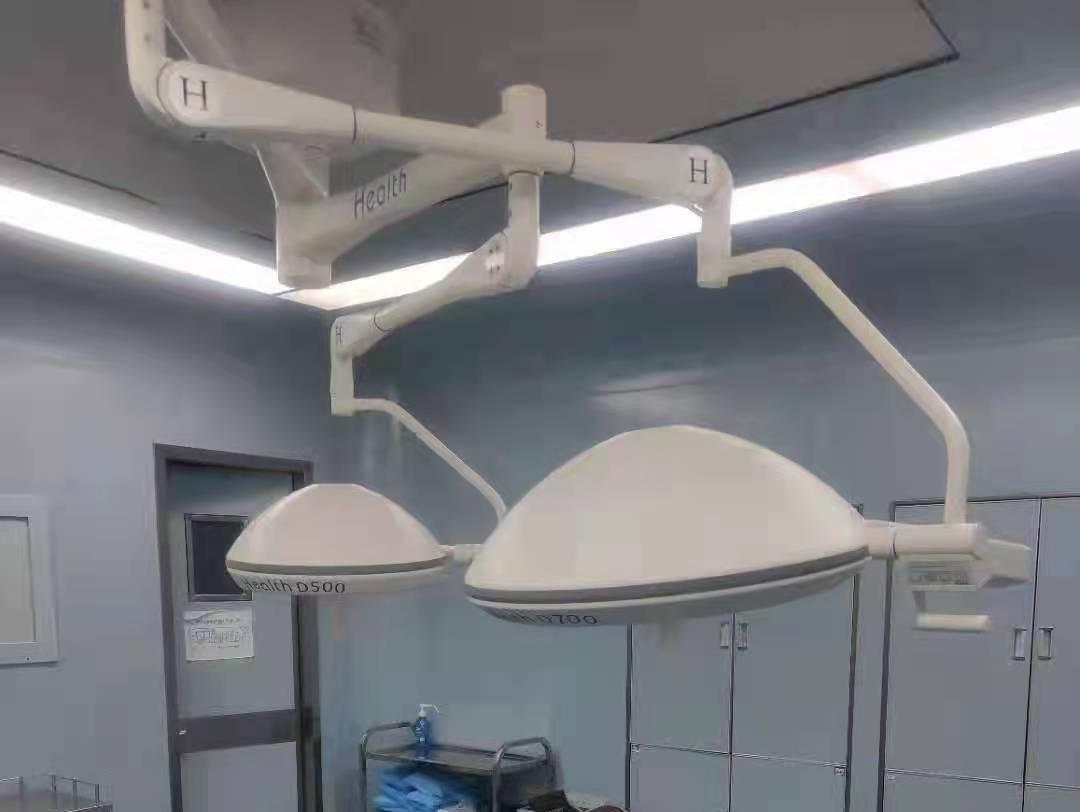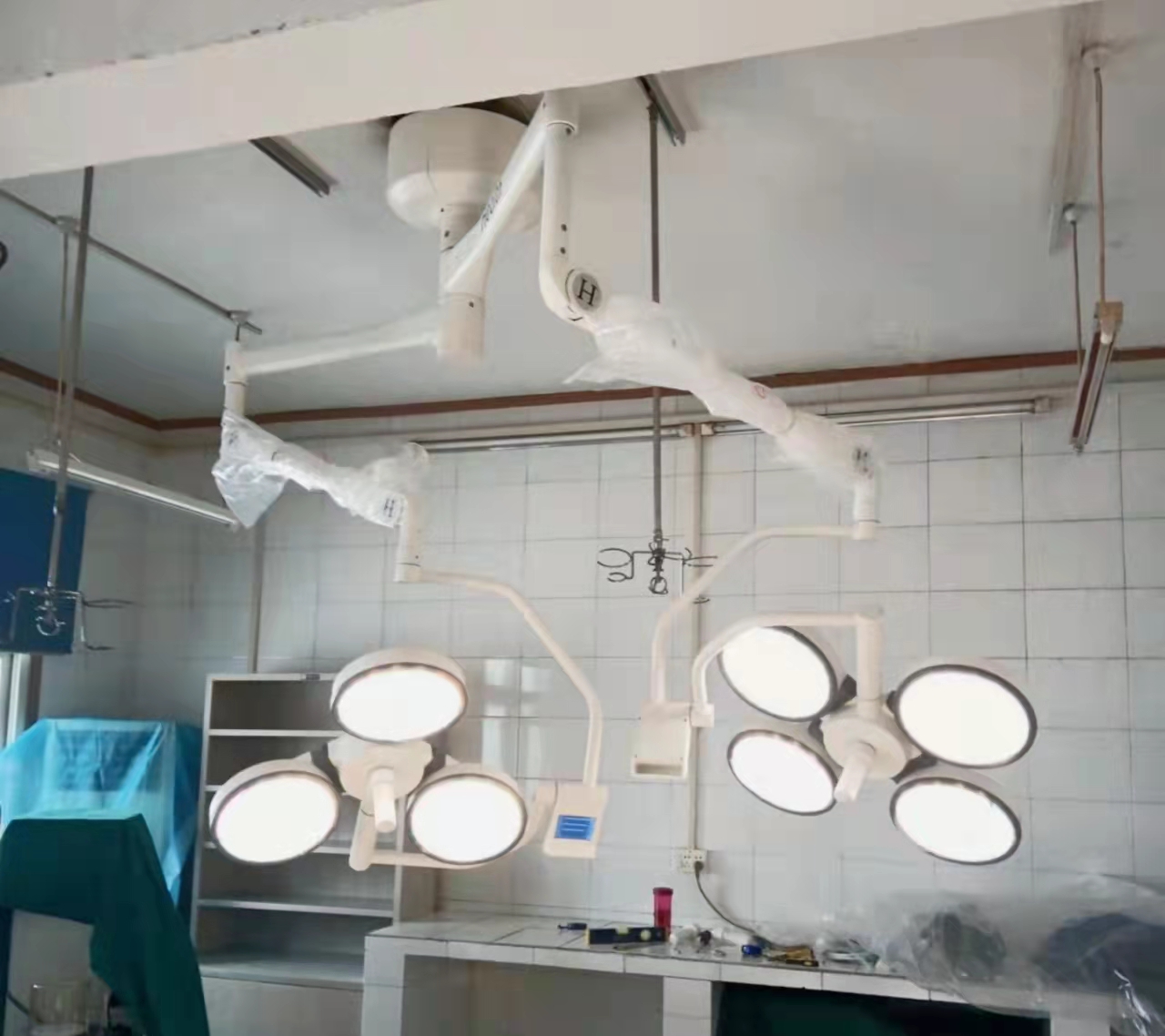Have you ever wondered what's so special about operating lights? Why can't traditional lamps be used in surgery? To understand what makes a surgical lamp different from a traditional lamp, you should know the following:


Traditional lighting and color temperature, Heat and shadow issues:
Traditional lamps do not produce very high "whiteness" characteristics. Surgeons rely on the "whiteness" of lights to see clearly during surgery. Ordinary light does not produce enough "whiteness" for surgeons. That's why halogen bulbs have been used for years, because they give off a higher whiteness than incandescent or conventional bulbs.
Surgeons need to distinguish between different shades of flesh when performing surgery, and light with red, blue or green hues can be misleading and alter the appearance of patient tissue. Being able to see skin color clearly is critical to their work and patient safety.
Heat and radiation:
Another effect that traditional lights can have is heat. When light is focused on an area for a long period of time (usually when a major operation is required), the light produces thermal radiation heat that dries out the exposed tissue.
Light:
Shadows are another thing that interferes with the perception and accuracy of the surgeon during surgery. There are outline shadows and contrast shadows. Contour shadows are a good thing. They help surgeons distinguish between different tissues and changes. Contrast shadows, on the other hand, can cause problems and hinder the surgeon's vision.Eliminating contrasting shadows is why surgical lights often have dual or triple heads and multiple bulbs on each, allowing the light to shine from different angles
LED lights transform surgical lighting. Leds provide higher levels of "whiteness" at much lower temperatures than halogen lamps. The problem with halogen lamps is that the bulb requires a lot of energy to produce the "whiteness" required by surgeons. Leds solve this problem by presenting 20% more light than halogen lamps. That means LED surgical lights make it easier for surgeons to distinguish subtle differences in color. Not only that, LED lights cost less than halogen lights.
Post time: Feb-28-2022





